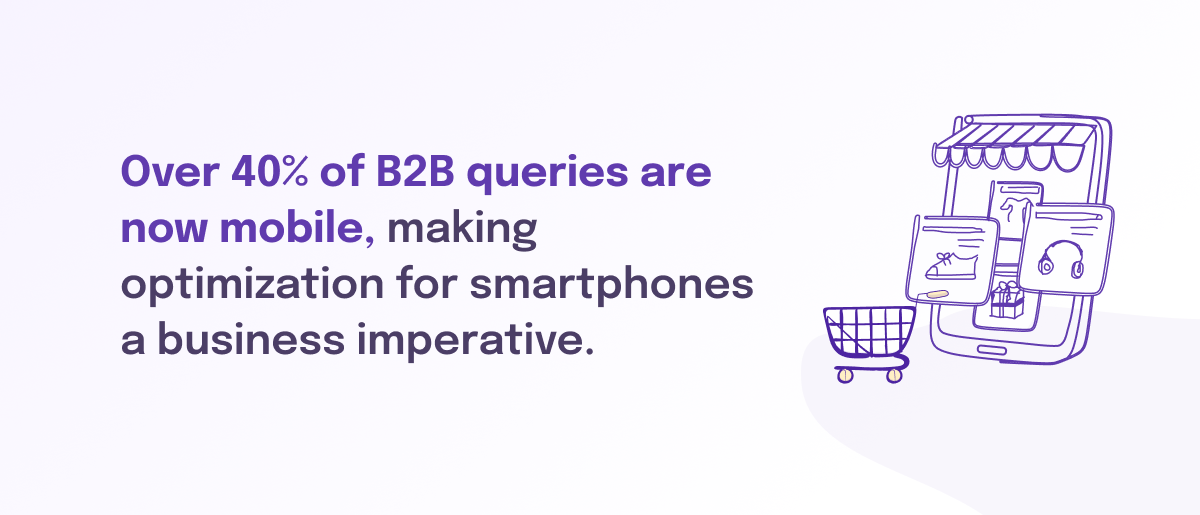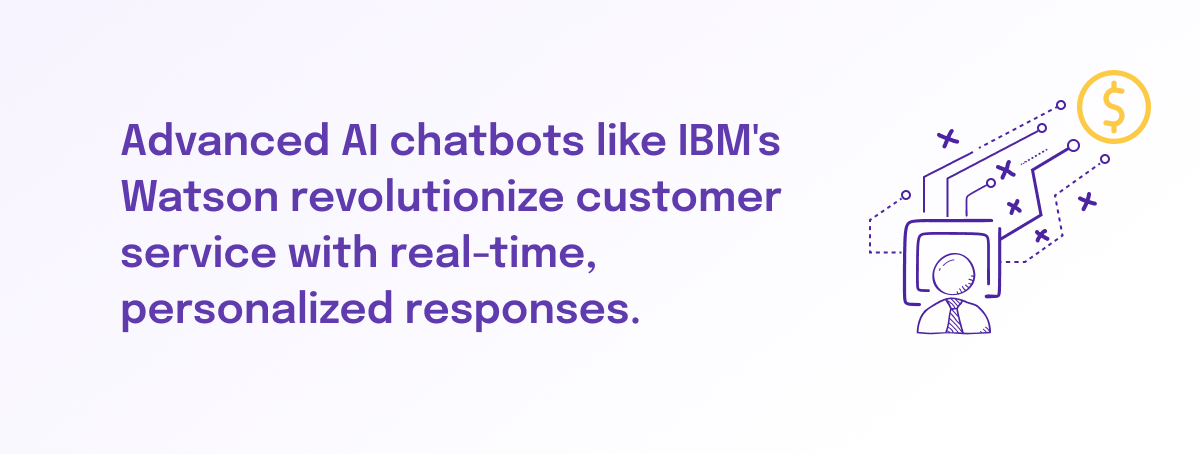E-commerce in the business-to-business (B2B) sector has been experiencing exponential growth over the last decade, propelled further by the global pandemic. As businesses look to leverage digital platforms to expand their reach and increase efficiencies, the need for adaptability has never been greater. Business owners need to pay close attention to the evolving trends in B2B e-commerce to stay competitive.

Mobile-First Strategies
The Rise of Mobile Commerce in B2B
In today's fast-paced world, professionals are increasingly relying on mobile devices to conduct business. According to Google's research, more than 40% of B2B queries are made on smartphones. This indicates a seismic shift towards mobile-based interactions, making it essential for businesses to optimize their platforms for mobile devices.

Why a Mobile-First Strategy is Essential
Not having a mobile-friendly interface could cost businesses valuable clients. A mobile-first strategy is not only about shrinking a website to fit a smaller screen but also about optimizing speed, improving navigation, and ensuring that key actions can be performed effortlessly on mobile devices.
AI and Machine Learning
Predictive Analytics for Customer Behaviors and Preferences
AI and machine learning algorithms sift through large datasets to identify customer behavior trends and preferences. Companies like Salesforce have built AI-based platforms that offer predictive analytics capabilities, helping businesses anticipate customer needs more accurately.
Chatbots and AI-Driven Customer Service
Chatbots have come a long way from simple script-based response systems. Advanced AI chatbots like IBM's Watson can understand the nuances of human language and offer real-time, personalized solutions, thereby revolutionizing customer service.

Personalization and Customer Experience
Dynamic Pricing Strategies
Dynamic pricing isn't new, but its applications have broadened in B2B e-commerce. Platforms can now adjust prices in real time based on customer behavior, market demand, and other external factors. This flexibility can be a decisive factor in completing a sale.
Customized User Interfaces and Content
Companies are now using AI to offer customized user experiences. Netflix’s recommendation engine is a consumer-grade example, but similar technologies are being adapted for B2B scenarios to provide tailored product recommendations, content, and even individualized customer service.
AR and VR in B2B E-commerce
Virtual Showrooms
AR and VR technologies allow businesses to showcase products in a much more interactive and engaging manner. Virtual showrooms can offer detailed 3D models, making it easier for potential buyers to make informed decisions without physical inspections.
3D Product Visualization
VR takes this a step further by immersing the customer in a 3D environment where they can interact with the product, gaining an in-depth understanding of its features, benefits, and potential drawbacks
Subscription Models
Advantages of Adopting a Subscription-Based Model
Subscription models can create a more predictable revenue stream and promote customer loyalty. Companies like Adobe have effectively transitioned from one-time sales to subscription services, reducing customer acquisition costs while increasing lifetime value.
Case Studies of Successful Implementations
Microsoft’s shift to the subscription-based Office 365 from traditional Office software is another success story, demonstrating how subscriptions can be more lucrative in the long run.
Blockchain for Transparency and Security
Smart Contracts
Smart contracts are self-executing contracts with coded terms. These can be used to automate repetitive tasks and enable more secure, transparent transactions.
Securing Transactions and Supply Chain
The decentralized nature of blockchain technology makes it nearly impossible for a single entity to manipulate or control the data, adding an extra layer of security to transactions and supply chain management.
Conclusion
The B2B e-commerce landscape is in a constant state of flux, driven largely by technological innovation. Businesses that want to survive and thrive in this environment will need to adapt to these emerging trends quickly and efficiently. Ignoring them is no longer an option.